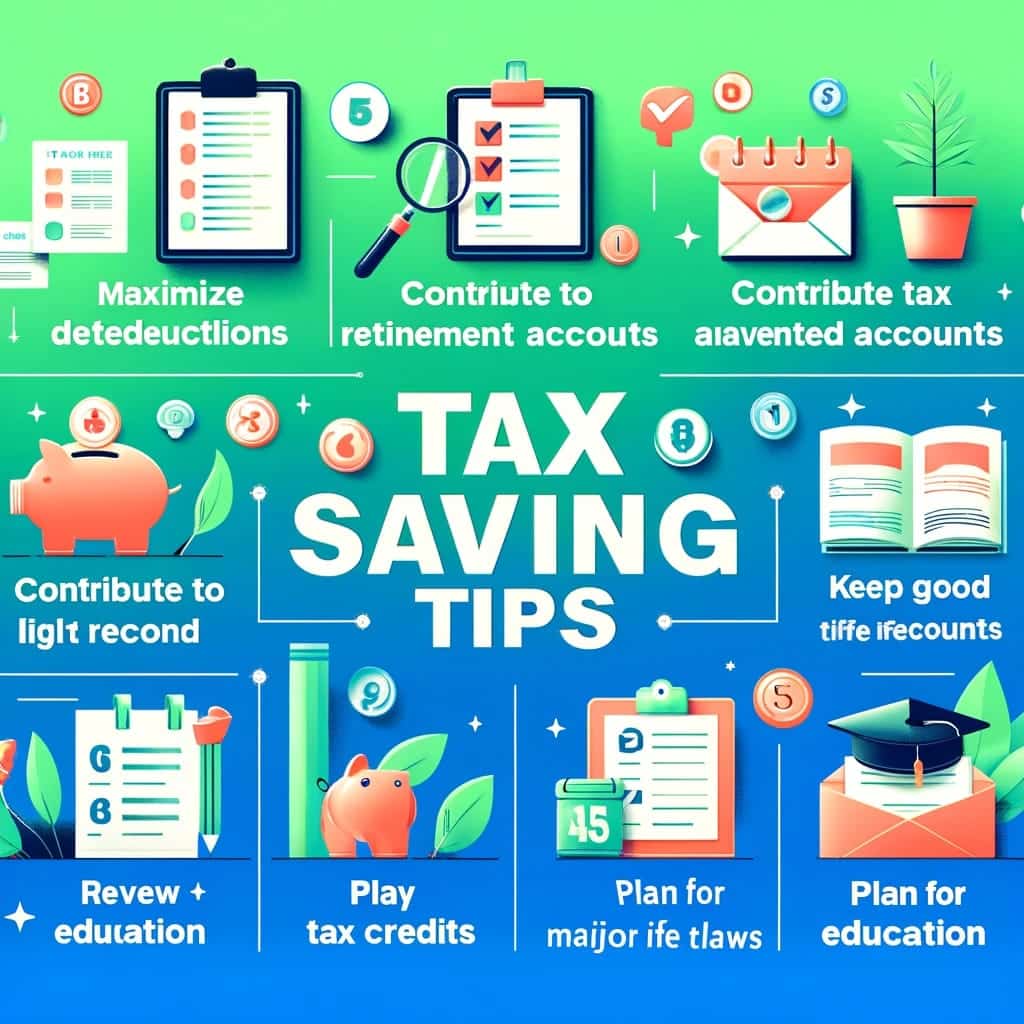Protect Yourself from Costly Payroll Fraud
When you own and operate a business, you must exercise vigilant oversight, including watching over your payroll taxes. Here’s an example of why.
Rodney Taylor entrusted his corporation’s accounting and bookkeeping to Robert Gard, CPA. Over several years, Mr. Gard embezzled between $1 million and $2 million, including payroll taxes.
Despite Mr. Gard’s wrongdoing, the ultimate responsibility to settle the payroll taxes with the IRS fell on Mr. Taylor as the business owner and “a responsible party” under tax law.
The Taylor case highlights a crucial lesson: while delegation of duties is a part of business, you cannot transfer your responsibility for compliance with the tax laws. Here are two proactive steps to protect your business:
- Direct oversight. Ensure payroll reports are delivered directly to you, allowing you, a responsible party, the first review.
- Regular verification. Periodically check the IRS electronic federal tax payment system (EFTPS) to confirm that the IRS received payment for the payroll taxes.
By implementing these two simple measures, you significantly mitigate the risk of embezzlement and maintain compliance with tax obligations while safeguarding your financial interests and those of your company.
Selling Your Home to Your S Corporation
If you want to convert your home to a rental property, you can improve your tax benefits by selling it to your S corporation.
Benefits of Selling Your Home to Your S Corporation
- Tax savings on home sale profit. By selling your home to your S corporation, you can utilize the home-sale profit exclusion—up to $500,000 for married couples—to avoid taxes on gains from the sale, assuming you meet the eligibility criteria.
- Increased depreciation deductions. The transaction increases the depreciable basis of your property, resulting in higher annual depreciation deductions.
Addressing Common Doubts
- Property tax concerns. While the sale may increase property taxes due to reassessment at the current market value, the overall financial benefits from tax savings on the gain and increased depreciation often outweigh these additional costs.
- Homestead exemption. Selling your home will indeed result in losing any homestead exemption benefits. But the same is true if you convert it to a rental property. Thus, the homestead exemption is a non-issue because you lose it in either case.
- Related-party sale concerns. Although selling to your S corporation is a related-party transaction, it is legitimate under tax law. The impact for you is that the profit on the sale is subject to ordinary income treatment. But to the extent you can use your home-sale exemption against the profit, you don’t pay federal taxes on that ordinary income.
Implementation Steps
- S corporation. You have the most flexibility when you create a separate S corporation to hold your old home as the S corporation’s rental property.
- Appraisal. Obtain an independent appraisal to establish fair market value for the transaction.
- Formal procedures. Use professional services for title transfer and legal documentation to ensure the sale mirrors an arm’s-length transaction.
- Documentation. Maintain proper records and documentation to support the transaction’s validity, should the IRS ever want to examine it.
Conclusion
Selling your home to your S corporation before converting it into a rental property can offer substantial financial advantages. While there are considerations such as increased property taxes, the potential tax savings and increased cash flow typically provide a net positive outcome.
No Business Income, No Home-Office Deduction?
You may have heard you cannot claim a home-office deduction without business income. That’s not accurate, as I explain below.
Points to Consider
- Claim business deductions with no business income. Even if your business did not generate income this year, you should claim all business deductions. Such deductions might create a net operating loss, which would carry forward to offset future taxable income.
- Claim the home office with no business income. Claim the home-office deduction even with no business income. The home-office expenses not allowed this year carry over to future years in the separate home-office deduction bucket. And this gets even more important when you consider business miles.
- Loss of business miles. Trips from your home to many business locations are personal miles if you do not deduct your home office as your principal place of business. Establishing that “principal place of business” is easier than it sounds.
- File a tax return. Without business income, you may be exempt from filing a tax return. Forget that. File a return. You need a filed return to claim the benefits above.
Action Steps
- Document your home office. Ensure you have appropriate documentation that proves your home office is your principal place of business.
- Claim all possible deductions. Even in a loss year, claiming all possible deductions is essential.
Conclusion
Your home office can provide significant tax advantages, even when your business income is low or non-existent. Make sure you position yourself to take full advantage of these benefits now and in the future.
Tax Implications of Shutting Down a Partnership
As you consider winding down your partnership, here’s a concise overview of what you might expect under three typical scenarios of partnership dissolution.
Scenario 1: One Partner Buys Out the Others
If one partner buys out the others and continues the business, the exiting partners will likely recognize a capital gain or loss on the sale of their partnership interests. For the remaining partner, the assets acquired become the basis for their new business structure, whether that continues as a sole proprietorship or a different entity form.
Scenario 2: Partnership Liquidation with Asset Sale
Should the partnership decide to liquidate by selling all assets and distributing cash, each partner must report their share of any gains or losses passed through on Schedule K-1. It’s essential to consider how these gains might be taxed, whether as long-term capital gains or ordinary income, depending on the asset type and the depreciation recapture rules.
Scenario 3: Partnership Distributes All Assets to Partners
The most complex scenario involves the partnership distributing all assets directly to the partners. This approach can lead to varied tax outcomes based on the type of assets distributed and each partner’s basis in the partnership. Gains may arise if the distribution includes “hot assets” such as appreciated inventory or receivables.
General Considerations
- Tax forms. Regardless of the scenario, you must file a final partnership tax return (IRS Form 1065) and issue a final Schedule K-1 to each partner.
- State taxes. Be aware of any state tax obligations that might arise from these transactions.
- Passive losses. When you liquidate the partnership, any suspended passive losses may become deductible.








